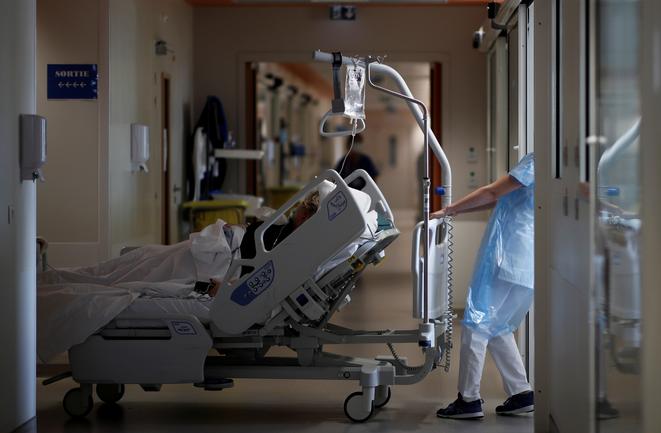What are the uses of oxygen in medicine, and is it one type or is there a type designated for medicine, then how do oxygen units work in hospitals? Everything you need to know about oxygen we provide here.
Oxygen is an essential part of health care in hospitals and in some cases of patients, and its lack or interruption leads to accidents that may lead to death. On Saturday, 6 patients died in Al-Salt Governmental Hospital, west of the Jordanian capital, Amman, due to a lack of oxygen, while the Minister of Health announced his resignation from his post due to this incident.
Last January, activists on communication sites in Egypt circulated incidents of death of Corona patients due to lack of oxygen in two separate hospitals, as they transmitted scenes of oxygen interruption inside the intensive care rooms of Al-Husseinia Hospital in Sharkia Governorate.
Which was denied by the health authorities at the time, and said that the deaths were due to complications from infection with the virus, while the Egyptian Public Prosecution announced the investigation of the case.
Colorless Gas
Oxygen in its most common form is a colorless gas found in the air, and is one of the elements that sustains life on Earth.
Oxygen is also used in many industrial, commercial, medical and scientific applications. It is used in blast furnaces to make steel, and is an important ingredient in the production of many synthetic chemicals, including ammonia, alcohol, and various plastics.
When oxygen is cooled below -183 degrees Celsius, it becomes a pale blue liquid used as rocket fuel.
Oxygen is present in the air we breathe and is essential for human life. It consists of 78% nitrogen, 21% oxygen, and 1% other gases such as argon.

Most commercial oxygen is produced using a type of cryogenic distillation process originally developed in 1895. This process produces 99% pure oxygen, the air is cooled, and then the oxygen is separated.
What are the differences between medical and industrial oxygen?
There are two types of oxygen:
What are the uses of oxygen in medicine?
Oxygen therapy is prescribed for people who cannot get enough oxygen on their own, and this often happens due to lung diseases that prevent the lungs from absorbing oxygen, such as patients with chronic obstructive pulmonary disease, pneumonia, asthma, and severe cases of the emerging coronavirus disease "Covid-19".
Medical oxygen is also used to restore tissue oxygen concentration in conditions such as respiratory arrest, cardiac arrest, shock, carbon monoxide poisoning, severe bleeding, and in anesthesia.
The use of medical oxygen extends outside the scope of the hospital, where thousands of people depend on portable medical oxygen technologies, to use it at home for certain times or continuously.
Pulse oximeter
One way to determine whether a person would benefit from oxygen therapy is to use a pulse oximeter that indirectly measures oxygen levels, or saturation, without the need for a blood sample.
What is it?
Pulse oximetry is a test used to measure the level of oxygen (oxygen saturation) in the blood. It is an easy and painless measure of how well oxygen is being sent to the parts of the body furthest from your heart, such as the arms and legs, according to the Johns Hopkins Medicine website.
A clip-like device called a probe is placed on a part of the body, such as a finger or earlobe, and the probe uses light to measure the amount of oxygen in the blood. This information helps the health care provider determine whether the person needs supplemental oxygen.
Pulse oximeter readings
The pulse oximeter is usually a fairly accurate test. And it is especially true when using high-quality equipment. Normally, more than 89% of the blood should carry oxygen, and this is the oxygen saturation level needed to keep the cells and body healthy.
An oxygen saturation level of 95% is considered normal for most healthy individuals. A level of 92% indicates possible hypoxemia, or a lack of oxygen reaching the body's tissues.
There are several ways to deliver oxygen, including:
The ways in which oxygen reaches the patient are multiple, such as:
How is oxygen provided to hospitals?
Oxygen is purchased And delivering it to hospitals in several ways, such as purchasing liquid oxygen in refrigeration tanks and bringing it into the facility through its pipelines, or purchasing cylinders.
In the case of liquid oxygen, oxygen is withdrawn from the tank as needed, passed and then converted into gas before being transported to the rooms. The hospital's oxygen system includes gas flow control panels and gas level indicators.
